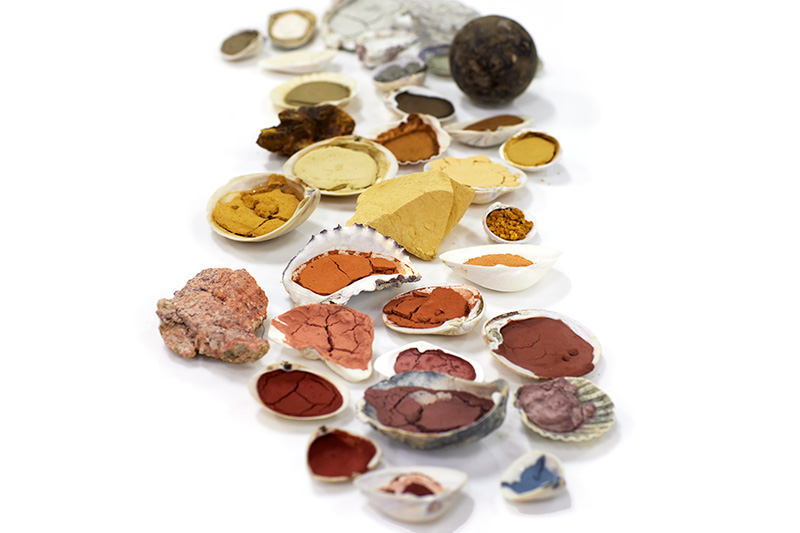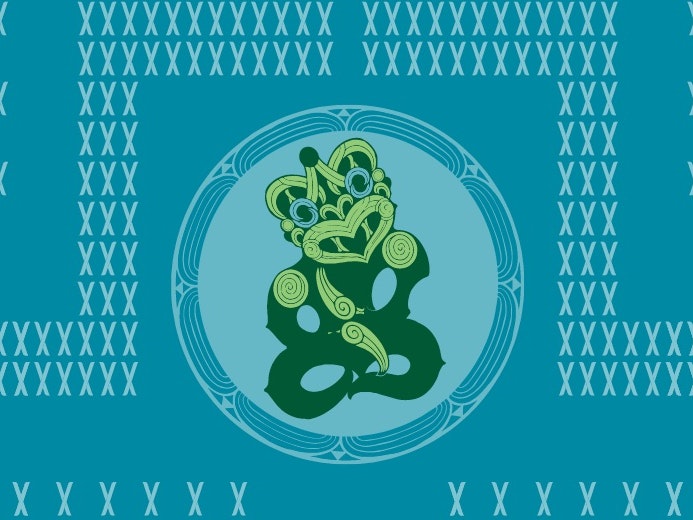
Ko au te taiao: How to use this resource
Consider ways you can use this resource within your setting.
Free museum entry for New Zealanders and people living in New Zealand
Open every day 10am-6pm
(except Christmas Day)
Free museum entry for New Zealanders and people living in New Zealand
Ko au te taiao touches on a wide range of learning areas – Social sciences, including Aotearoa New Zealand histories, sciences, the visual arts, drama, health and PE, technology, and English.
The tables below suggest possible ways that Ko au te taiao develops understanding, knowledge, and practices for ākonga across the Social Sciences learning area in Te Mātaiaho and other key learning areas in the New Zealand Curriculum.
The tables are designed as a starting point from which teaching and learning in your own setting can be planned. Your focus on any part of any learning area could easily be more in-depth, depending on your learners’ needs and your school’s context.
Explore the web of life that connects across time and space through pūrakau whakapapa and art.
|
Te Pō and Papatūānuku, 1983, by Robyn Kahukiwa. Purchased 1983 with New Zealand Lottery Board funds. Te Papa (1983-0020-1) |
Big ideas
|
Go to EXPLORE – What are our connections to te taiao?
Download EXPLORE – What is our connection to te taiao - Curriculum links (285.14 KB)
Indigenous knowledges provide signposts for the future.
Herbal mixture II, 2001, by Areta Wilkinson. Te Papa (2001-0039-1)
Big ideas
Mātauranga Māori has developed through a practised relationship with the land here in Aotearoa.
Mātauranga Māori is not something that can be read about, and understood, as it is knowledge that develops from practice.
The vitality of hapū and iwi is reliant on a deep, woven understanding of the environment.
Mātauranga Māori and te reo Māori differ widely around the motu as they reflect the hapū and iwi relationship to whenua and te taiao.
Mātauranga Māori recognises the integrated and interdependent position of human beings in the web of life.
Tangata whenua have a connection to the land as kaitiaki that is enduring and permanent.
Go to EXPLORE – How do we live in harmony with te taiao?
Download the pdf of curriculum links for this inquiry question.
Download the curriculum links for How do we live in harmony with te taiao – Curriculum links (993.22 KB)
Investigate how colonisation, and its values, has influenced present day relationships with landscape.
Big ideas
Colonisation, and its associated values, has severely impacted on the health of te taiao.
Understanding the whakapapa of the whenua where we live helps us to provide appropriate support for the taiao going forward.
Critically examining our past and present realities helps us to imagine thriving shared futures.
Museums can have a role in reconnecting people to their histories for thriving shared futures.
Go to EXPLORE – What is the current state of te taiao?
Download the curriculum links for What is the current state of te taiao – Curriculum links (140.45 KB)
Ponder the ways toi Māori reflects an entwined relationship with the environment.
 Kauae Raro Commission (detail), 2023, by Kauae Raro Research Collective. Te Papa |
Big ideas
|
Go to EXPLORE – How is te taiao reflected in toi Māori?
Download the curriculum links for How is te taiao reflected in toi Māori? – Curriculum links (602.49 KB)
Let’s develop understanding of where our ancestors came from.
Whakapapa, 2021, by Stevei Houkamau. Purchased 2021. Te Papa (ME024669)
Big ideas
We have all inherited genetic resilience and strengths from those that have gone before us.
In mātauranga Māori, oral traditions passed through whakapapa, sustain the tikanga for a thriving taiao.
Understanding where your ancestors came from is an important step to help understand your connectedness to te taiao
Knowing who your ancestors are helps us to understand our, relationship to Te Tiriti o Waitangi and Aotearoa
Every culture has a visual language associated with it - a tradition of arts, symbols, abstraction, and colour that reflected who they were as people, and their relationship to the land.
Those that have gone before us, and those that will come next are with us, in a spiral across time.
Go to CREATE – Who are our ancestors and what are their stories?
Download the curriculum links for Who are our ancestors and what are their stories? – Curriculum links (511.90 KB)
Grow your own living relationship with the taiao that surrounds you.
|
Pā Kahawai (trolling lure), date and maker unknown. Purchased 1968. Te Papa (ME011848) |
Big ideas
|
Go to CREATE – How do we tune into the environment?
Download the curriculum links for How do we tune into the environment? – Curriculum links (185.80 KB)
Imagining a thriving Aotearoa.
|
Hat pin card, 2022, by Tame Iti, Te Mira collective. Purchased 2022. Te Papa (GH026279/2) |
Big ideas
|
Go to CREATE – What does a better world look like?
Download the curriculum links for How do we tune into the environment? – Curriculum links (280.24 KB)

Consider ways you can use this resource within your setting.

Ko au te taiao is underpinned by four principles that support the New Zealand curriculum and Te Rautaki o Te Papa the Te Papa Strategy.
